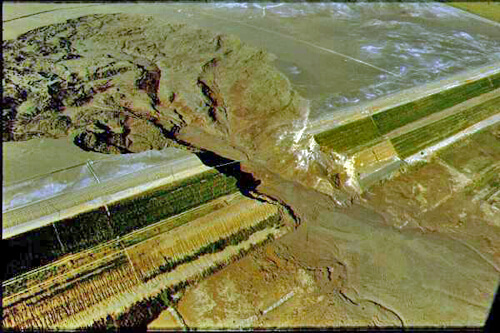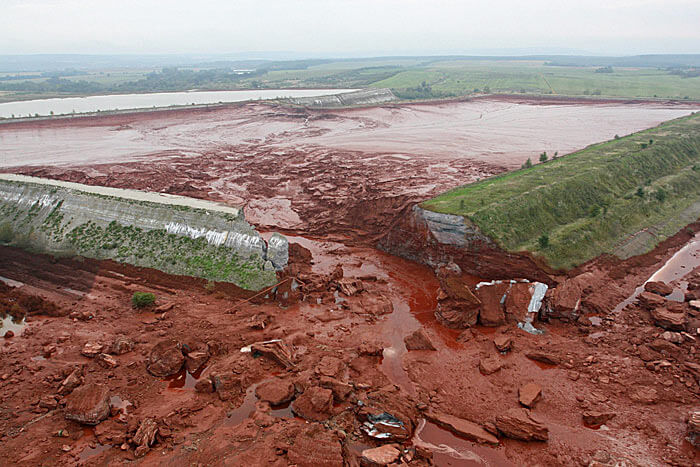
The mining industry currently faces a lot of challenges, but one of them is definitely to keep tailing dams from collapsing or leaking. These embankments, which are built by geotechnical engineers with steep slopes using the coarse fraction of the tailings and saving costs, are supposed to be a safe solution, but there are different reasons that eventually cause some of them to fail.
According to a study produced by Shahid Azam and Qiren Li for WasteGeo Technics, these containment facilities are “vulnerable to failure because of the following reasons: dyke construction with residual materials from the mining operations; sequential dam raise along with an increase in effluents; lack of regulations on design criteria, especially in developing countries; and high maintenance cost after mine closure.
These reasons have led to the failure of 1.2 percent of all dams, spread across 18,401 mine sites, over the last century. “This is more than two orders of magnitude higher than the failure rate of conventional water retention dams that is reported to be 0.01 percent”, the study adds.

However, a large number of incidents involving tailing dams are still unreported or their reports lack basic information, which hinders the maintenance of the safety levels in those locations.
This study establishes a database for all related incidents in the last 100 years. “A total of 198 pre-2000 events and 20 post-2000 events were identified. Among the former, 147 and all of the post-2000 events contained enough information to help conduct the analysis”, the document states.
Tailings dam failures remained around eight to nine per decade in the 1940s and 1950s but peaked to around 50 events/decade during the 1960s, 1970s and 1980s. The high failure rate during these later decades may be attributed to an increased mining activity immediately after World War II to address the high global demand for metals, minerals, and raw materials.
With sufficient engineering experience, implementation of tougher safety criteria, and improved construction technology, failures were significantly reduced in the 1990s and remained at about 20 events/decade in the 1990s and 2000s.

Of the 198 pre-2000 cases, 36 percent of the failures occurred in North America, 26 percent in Europe and 19 percent in South America. On the other side, the 20 post-2000 cases primarily took place in Europe and Asia “with a combined failure distribution of 60 percent”.
Despite the high mining activity in North America, South America, Africa, and Australia, the decline in failure events in these regions over the past decade is attributed to an improved engineering practice. Meanwhile, the Asian and European mining operations have experienced an increased failure rate because of a booming Chinese economy requiring vast metal and mineral resources.
This shows that tailings dam failure incidents have shifted geographically from developed countries to developing countries. “Therefore, it is crucial for these countries to learn from the post-war experience of the developed countries to reduce tailings dam failures”, the study suggests.
The report adds that “upon dam breakage, the released tailings generally amount to about one-fifth of those contained within the facilities. Environmental pollution and infrastructure damage can be managed in ‘intermediate failures’. Loss of life and health issues are associated with large catastrophic spills”.
